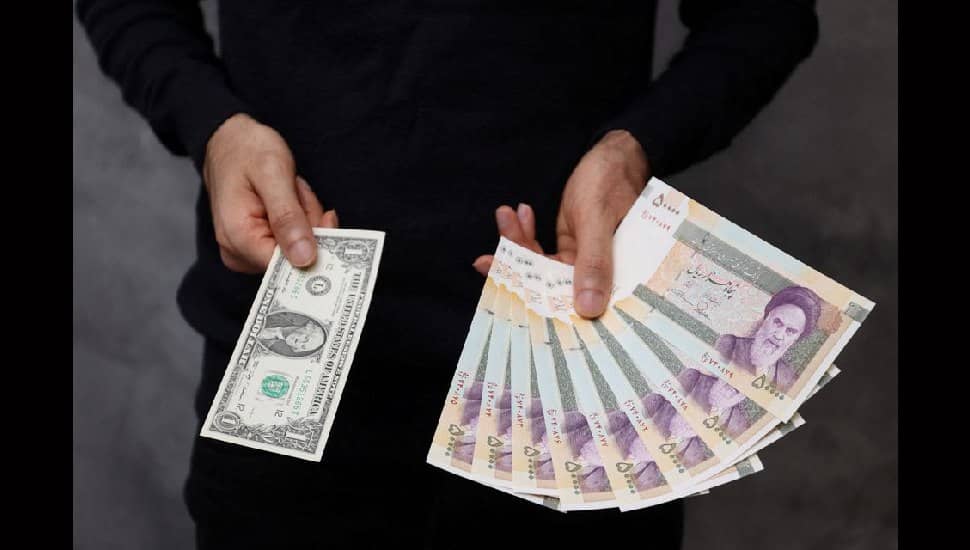Two-minute read
The recent plunge of the Iranian rial and the surge in foreign currency rates in recent weeks have once again gripped both the market and the people. Amidst this turmoil looms the question: how much further will the value of the rial decline?
Currency rates are often considered a key economic indicator. However, in Iran, they are subject to the influence of ruling elites and news of political conditions. Political developments can significantly impact prices, with fluctuations observed during election periods, global tensions, and regional tensions like the Gaza conflict.
Moreover, forecasts suggest that the 2024 US presidential elections could usher in new market fluctuations. Especially if figures like former US President Donald Trump and the Republican Party emerge victorious.
Ahead of the Persian New Year, the currency market has seen an upward trend. However, this trend may halt following potential peace negotiations or temporary agreements between Hamas and Israel. Nevertheless, with the upcoming 2024 US presidential elections, market fluctuations are expected to intensify. Should the Republicans win, a further rise in currency and a decline in the rial are likely.
Watch and judge what’s behind #Iranian regime’s pump and dump tactics in the #currency market pic.twitter.com/SNZTU6CkNy
— NCRI-FAC (@iran_policy) March 26, 2023
These fluctuations are also influenced by internal factors. One major cause of the rial’s depreciation against the dollar is the lack of economic growth and the unchecked increase in liquidity. While Iran’s economy has seen minimal growth over the past decade, liquidity has increased significantly, as some estimates suggest, by elevenfold.
The economic fragility under the ruling establishment and the impact of daily news contribute to the decline in the rial’s value. Some argue that the lifting of sanctions could stimulate economic growth and curb inflation. However, due to pressure from international sanctions, Iran’s economy relies more than ever on tax revenues.
State officials have attributed management problems alongside sanctions as the main reasons for economic woes. While sanctions have some impact, Iranian leaders have repeatedly acknowledged mismanagement and systemic corruption as the primary cause.
With this ongoing situation, it’s unrealistic to expect the rial to maintain its value against the dollar. A critical issue is how the exchange rate is determined in Iran. While the Raisi government attempts to artificially control prices, free market rates reflect a different reality.
Price controls and arbitrary dollar rates are artificial measures. Nevertheless, the exchange rate in the free market remains volatile. These differing realities keep the market thirsty for a currency rate hike.
Watch and judge why #Iran’s currency is taking a rapid dive pic.twitter.com/nLBsEuBorB
— NCRI-FAC (@iran_policy) February 24, 2023
Balancing exchange rates and the public budget is crucial in reducing the rial’s value. When government-imposed pricing is relaxed or intentionally eased to cover budget deficits, the rial will once again be in free fall.
While prices can be temporarily controlled through government directives, such controls are often unstable. After a period of price suppression, we typically witness price spikes following the lifting of restrictions.



